Ditapis dengan
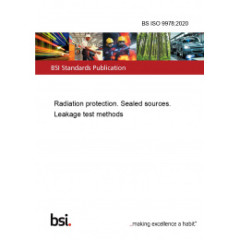
Radiological protection — Sealed radioactive sources — General requiremen…
ISO 2919:2012 establishes a classification system for sealed radioactive sources that is based on test performance and specifies general requirements, performance tests, production tests, marking and certification. It provides a set of tests by which manufacturers of sealed radioactive sources can evaluate the safety of their products in use and users of such sources can select types which are …
- Edisi
- -
- ISBN/ISSN
- -
- Deskripsi Fisik
- -
- Judul Seri
- -
- No. Panggil
- 620 ISO R
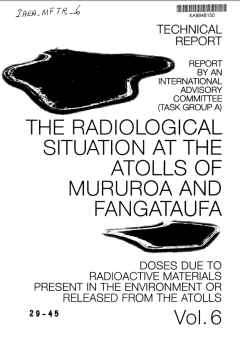
The Radiological Situation at the Atolls of Mururoa and Fangataufa: Summary R…
The Summary Report provides a synopsis of the Study for the benefit of a wider audience, and includes its findings, conclusions and recommendation in full. It explains the background to the Study, giving data on the French nuclear weapon tests, and summarizes the Study's assessment of the environmental legacy of weapon testing at the two atolls. The Study's estimates of consequent radiation dos…
- Edisi
- -
- ISBN/ISSN
- 92-0-101298-5
- Deskripsi Fisik
- 62p
- Judul Seri
- -
- No. Panggil
- 621.4838 IAE T
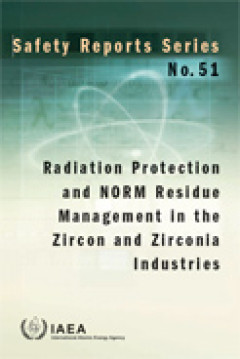
Radiation Protection and NORM Residue Management in the Zircon and Zirconia I…
Zircon has economic importance as a raw material in its own right and also as a feedstock for the manufacture of zirconia (zirconium dioxide), zirconium chemicals and zirconium metal. The geological processes that formed zircon led to the incorporation of radionuclides of natural origin into the crystal structure. The presence of these radionuclides is not significant enough to be of any commer…
- Edisi
- 51
- ISBN/ISSN
- 92–0–100607–1 / 1020–6450 ; no. 51
- Deskripsi Fisik
- 162 p; 1.82MB
- Judul Seri
- -
- No. Panggil
- 614.839 IAE R
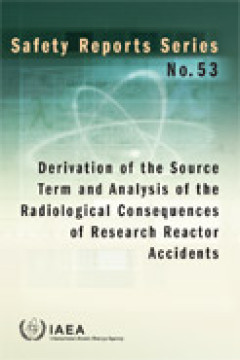
Derivation of the Source Term and Analysis of the Radiological Consequences o…
This report provides a set of suggested methods and practices for determining the source term and analysing the radiological consequences of research reactor accidents. It provides safety analysts, regulators, and reactor facility management and operations staff, with the calculation methods and techniques necessary for deriving the source term. This includes all factors relevant to the formati…
- Edisi
- 53
- ISBN/ISSN
- 978–92–0–109707–1 / 1020–6450 ; no. 53
- Deskripsi Fisik
- 193 p; 2.84MB
- Judul Seri
- -
- No. Panggil
- 616.9897 IAE D
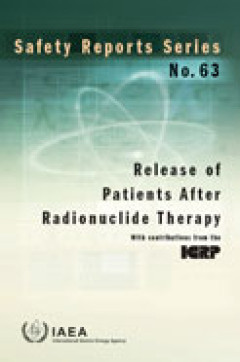
Release of Patients After Radionuclide Therapy | Safety Reports Series No. 63
There is a widespread variation in the practices with regard to the release of patients from hospital after unsealed radionuclide therapies. This publication aims to harmonize the different approaches, drawing on new advice issued by the International Commission on Radiological Protection and on a number of regional and national approaches. Particular attention is paid to the most frequent ques…
- Edisi
- 63
- ISBN/ISSN
- 978-92-0-108909-0
- Deskripsi Fisik
- 77p;817KB
- Judul Seri
- -
- No. Panggil
- 615.842 IAE R
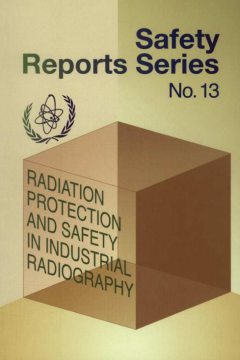
Radiation Protection and Safety in Industrial Radiography | Safety Reports Se…
This Safety Report summarizes good and current state of the art practices in industrial radiography and provides technical advice on radiation protection and safety. It contains information explaining the responsibilities of regulatory authorities, operating organizations, workers, equipment manufacturers and client organizations, with the intention of enhancing radiation protection and safety.
- Edisi
- 3
- ISBN/ISSN
- 92-0-100399-4
- Deskripsi Fisik
- 69 p; 379kb
- Judul Seri
- -
- No. Panggil
- 614.839 IAE R
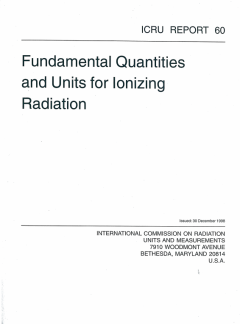
Fundamental Quantities And Units For Lonizing Radiation ICRU Report 60
This report supersedes Part A of ICRU report 33 (ICRU, 1980), dealing with quantities and units for general use.
- Edisi
- -
- ISBN/ISSN
- -
- Deskripsi Fisik
- 29p
- Judul Seri
- -
- No. Panggil
- 612.01448 ICR F
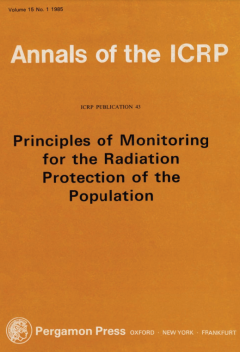
Principles of Monitoring for the Radiation Protection of the Population | ICR…
Since the publication of the previous report dealing with environmental monitoring the commission has revised its basic recommendations and some aspects of its philosophy dealing with dose limitation. Although many of the previous recommendations are still relevant it was felt necessary to reassess the general principles on which monitoring programs should be based, to make the recommendations …
- Edisi
- 15
- ISBN/ISSN
- 0 08 032335 9
- Deskripsi Fisik
- 30p
- Judul Seri
- -
- No. Panggil
- 616 ICR P
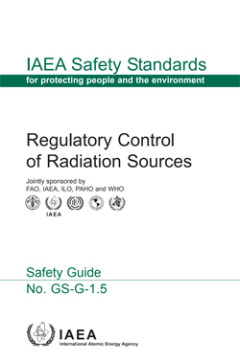
Regulatory Control of Radiation Sources | IAEA Safety Standards Series No. GS…
This Safety Guide is intended to assist States in implementing the requirements established in Safety Standards Series No. GS-R-1, Legal and Governmental Infrastructure for Nuclear, Radiation, Radioactive Waste and Transport Safety, for a national regulatory infrastructure to regulate any practice involving radiation sources in medicine, industry, research, agriculture and education. The Safety…
- Edisi
- GS-G-1.5
- ISBN/ISSN
- 92-0-105004-6
- Deskripsi Fisik
- 67p, 575kb
- Judul Seri
- -
- No. Panggil
- 374 IAE R
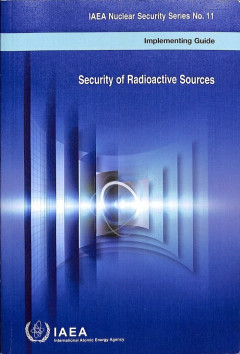
Security of Radioactive Sources | IAEA Nuclear Security Series No. 11
This publication offers guidance for implementing security measures on radioactive sources. It also provides advice on implementing security related provisions in the Code of Conduct on the Safety and Security of Radioactive Sources
- Edisi
- -
- ISBN/ISSN
- 9789201026095 / 18169317
- Deskripsi Fisik
- 77 p. : Illus. ; 29 cm
- Judul Seri
- Nuclear Security Series No. 11 (Implementing Guide)
- No. Panggil
- 621.039 IAE S
 Karya Umum
Karya Umum  Filsafat
Filsafat  Agama
Agama  Ilmu-ilmu Sosial
Ilmu-ilmu Sosial  Bahasa
Bahasa  Ilmu-ilmu Murni
Ilmu-ilmu Murni  Ilmu-ilmu Terapan
Ilmu-ilmu Terapan  Kesenian, Hiburan, dan Olahraga
Kesenian, Hiburan, dan Olahraga  Kesusastraan
Kesusastraan  Geografi dan Sejarah
Geografi dan Sejarah